If you love spending time outdoors on the deck of your home, then you’ll want to make sure it remains in its best condition. Your wooden deck is subject to a variety of environmental factors implicated in its decay and may even become overgrown with mould; this can not only ruin its aesthetic appeal but also compromise your family’s health and safety!
With the help of these clever tips from Renaissance Painting and Carpentry, experts on rotting wood, we’ll be showing how to keep your wood deck safe from weather damage and other issues that may threaten it — so don’t delay in learning more today!
- What is wood rot?
- Types of rot that you should be aware of dry rot and wet rot.
- Have you ever heard of dry rot?
- How do you stop wood rot from spreading?
- Replace or Repair Rotted Wood?
- Rotted wood: Remove any damaged boards and replace them with new ones.
- Clean your deck regularly to remove any dirt, debris or mould spores.
- Apply a coat of sealant or stain to your deck every few years.
- Invest in a quality deck scrub brush to make cleaning easier.
- Final advice: Contact a professional for expert guidance.
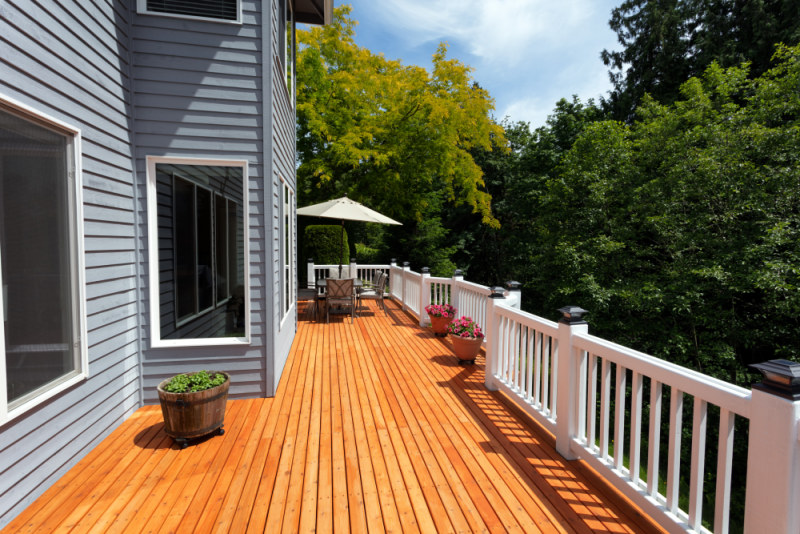
What is wood rot?
Wood rot is a devastating consequence of fungal digestion that depletes the structural strength of wood. The fungi consume cellulose fibres, gradually breaking down and weakening your deck until there’s no hope for repair — unless you enlist the help of an experienced professional to save it from other causes, such as fallen limbs or splintering. Keep in mind that weakened wood does not always mean rotten; with the right specialist, you may be able to restore your deck to its original condition.
The Shrinking and Swelling of Wood
As the moisture content of wood shifts in response to daily as well as seasonal fluctuations in atmospheric humidity, it can lead to swelling or shrinking. When air is humid, wood absorbs moisture and expands; when dry, on the other hand, it sheds water and contracts.
Types of rot that you should be aware of dry rot and wet rot.
Despite its solid surface, a deck’s underlying structure can be greatly impacted by dry or wet rot, which can cause irrevocable damage to the wood if not detected and treated early. The interior of wooden structures is often compromised due to this insidious rot that cannot always be seen by simply glancing at the surface area.
Do you know what wet rot is?
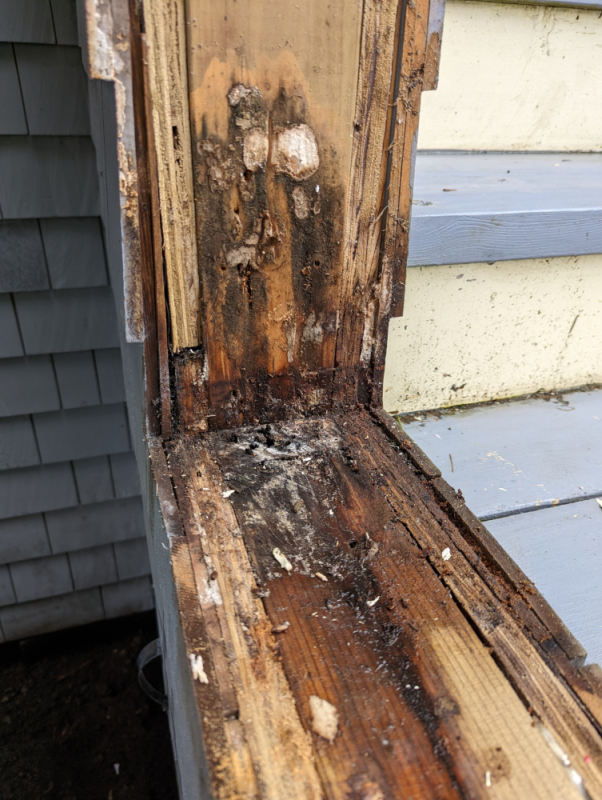
Wet rot is a result of the most usual fungus, known as cellar fungus or Coniophora puteana. Wooden surfaces are in jeopardy when they’re exposed to oxygen and moisture between 4°C and 38°C temperatures, providing an optimal environment for fungal growth.
Pay attention to these telltale signs of wet rot fungus:
Lighter or darker wood patches
Wood that feels spongy or soft to the touch
Pieces of wood that are cracked and crumble when dry
Damp musty smell coupled with peeling paint flakes or bubbling paint layers
Have you ever heard of dry rot?
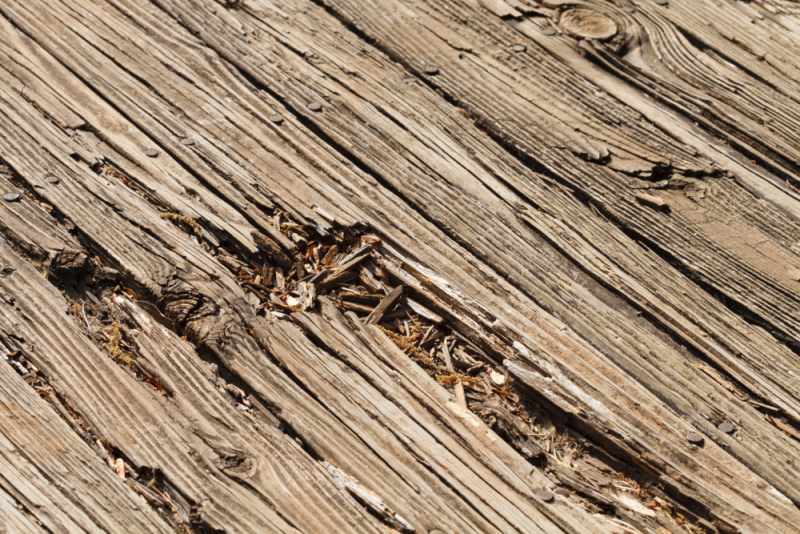
Unlike wet rot which needs a substantial amount of water to thrive and cause harm, dry rot can be more insidious. It has the capacity to remain undetected for extended periods as there is typically very little evidence of its growth until major destruction takes place. Serpula lacrymans fungus flourishes when it contacts unsealed wood with moisture content between 20-30%. This level of dampness could arise due to minor leaks, inadequate ventilation or humid weather conditions.
Are you noticing how dry rot spreads around your deck?
Dry rot fungus exists as spores floating in the air, becoming as a serious issue that should not be taken lightly. Visible signs of its presence include:
A cuboidal cracking pattern in the damaged wood and on top of it.
Paint may flake off easily if touched.
The fungus causing dry rot has four stages throughout its lifecycle, each stage providing distinct clues to identify this type of decay. If you observe one or all of these warning signals, contact an expert immediately since neglect can lead to costly repairs down the road!
Rotting wood: Stages of the dry rot life cycle
1. Spores – Floating in the air are spores of dry rot fungus, dormant until they make contact with wooden surfaces containing at least 20% moisture and fresh air. Red-brown dust particles can sometimes be seen near severely rotted areas, a sign that the fungal spores have been activated.
2. Hyphae – When all the right conditions are present, fine white strands of fungi will grow from spores and begin to digest the wood. Their delicate web-like appearance gives them an eerie resemblance to cobwebs.
3. Mycelium – As the fungal filaments expand and merge, they begin to appear like a blanket of delicate, cotton-like fibres. As it continues its voyage for wood sustenance in this state, the fungus swiftly spreads outwards.
4. Fruiting Body – When the climate becomes unpredictable, the fungus will grow into a spore-producing mushroom-like body that is usually seen on dead trees in woodlands. These growths typically appear as brown and yellow clusters.
How do you stop wood rot from spreading?
To effectively eliminate wood rot, whether wet or dry, you must terminate the fungus that causes it. To do this efficiently, you must remove any moisture and apply a poisonous substance to the microbe.
Preventing wood rot caused by moisture accumulation
Identifying that a leakage or drainage dilemma has caused the extra moisture leading to rot is very straightforward in certain cases. However, at other times, the source may be challenging to determine. Without being able to recognize what causes the water ingress, you could find it hard to predict how much deterioration has occurred from the rot.
Looking for an effective way to eliminate the fungus that causes wood rot?
For stopping an active decay fungus, boric acid (borate) is one of the most effective fungicides available. This simple solution can be applied to timber during construction to promote its longevity and prevent subsequent decomposition from occurring; it can also be used as a treatment for active fungal decay, which will halt any future growth.
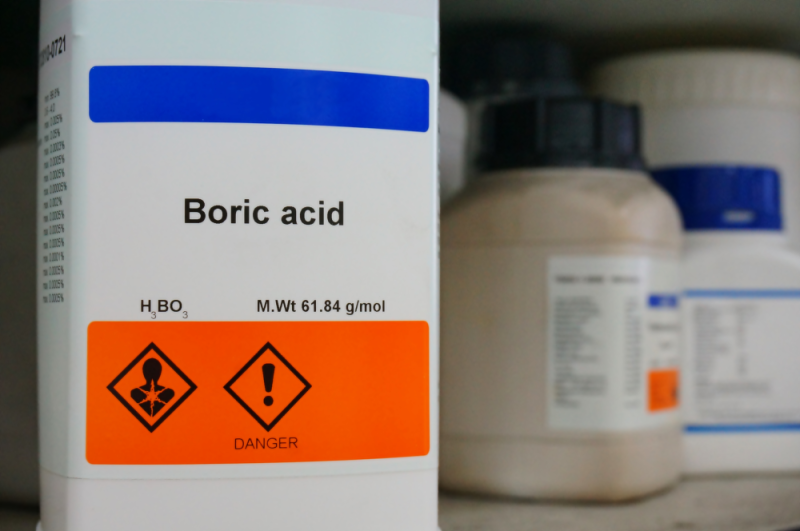
Replace or Repair Rotted Wood?
Although wet and dry rot have distinct differences, it is essential to repair the affected wood regardless of your type of rot. Your next steps should be contingent on both the kind of rot you are confronted with and how much damage has occurred.
Is there a way to fix or treat wet rot?
Unlike dry rot, wet rot treatment is usually less severe and can be quickly remedied. When the cause of moisture is removed, the growth stops; thus it’s worth taking this necessary step first before applying a fungicide such as borax to prevent further damage from occurring.
In addition, small areas with minimal support that have been impacted by wet wood rot can often be fixed with wood filler after removing all damaged pieces. If however the area in question has larger dimensions or carries weight then timber replacement will likely need to occur for the proper repairment of your wet rotted space.
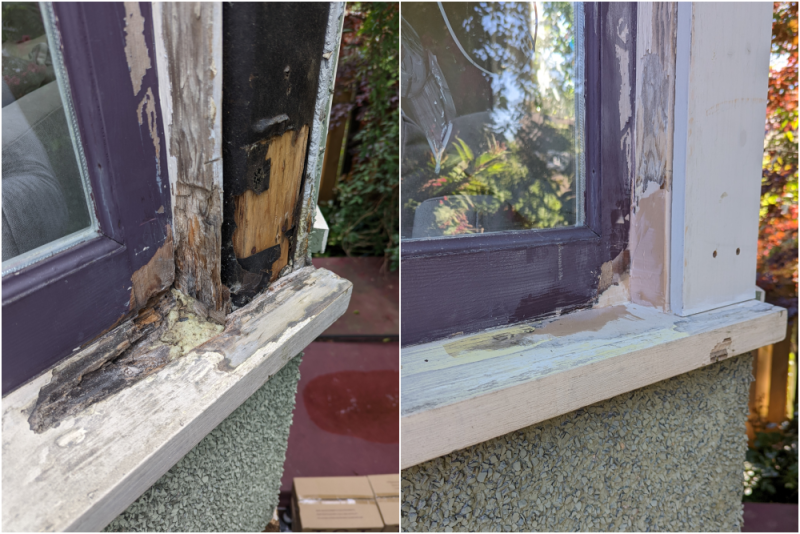
Is there a way to salvage or restore dry wood rot?
Repairing dry rot can be a much more intricate process than repairing wet rot, as it can spread quickly through the wood and porous masonry. Thus, all stages of the fungus must be removed immediately before further damage arises. The most successful way of doing this is to remove any infected wood while also treating nearby timber with a fungicide to eradicate the problem.
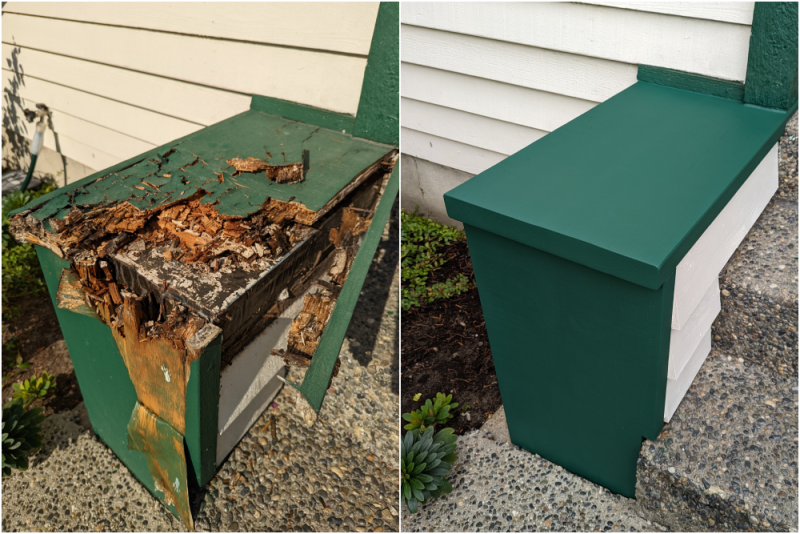
Inspect your deck regularly for any signs of wood rot or mould.
Decks, like any other piece of wood furniture, need to be inspected regularly for any signs of wood rot or mould. Left unchecked, either of these problems can quickly lead to much bigger issues – and an expensive deck repair bill.
Mould can be identified by its black or greenish-white colours and often appears as furry or slimy patches. The lumber must have a fairly high moisture content for soft rot fungi to grow. If you see any mould signs, you should immediately clean the affected area with a mixture of bleach and water (1:10 ratio). Be sure to wear gloves and goggles when cleaning, and allow the area to dry completely before using it again.
Decay is indicated by soft or spongy areas, as well as by piles of sawdust on the ground below the deck. If you suspect that your deck is decaying, you should call a professional immediately for advice on how to fix the problem. In most cases, deck decay can be repaired without having to replace the entire structure.
Rotted wood: Remove any damaged boards and replace them with new ones.
Several factors, including exposure to moisture and pests, can damage wooden boards. If you have a damaged board, it is important to replace it as soon as possible to prevent further damage to the wood. You can often replace a damaged board by removing the old one and installing a new one. It is important to ensure that you select a board that is the same size and type as the original board, and use the appropriate hardware to secure it in place.
Rotting wood vs Pressure treated wood
Pressure-treated wood is the perfect decking material, as it has been infused with a chemical that makes it resistant to rotting. This high-pressure process gives pressure-treated wood an extended lifespan when compared to regular untreated wood. With its durability and prolonged life span, you can be sure your deck will last for many years to come!
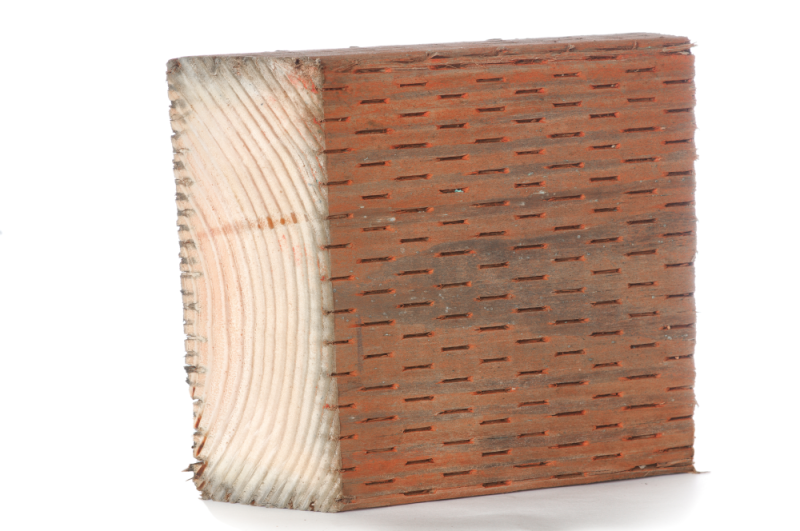
Bleach kills the wood-destroying fungus
Chlorine bleach is your best weapon against rot stains, and it will also help bring back the natural lustre of the wood.
Clean your deck regularly to remove any dirt, debris or mould spores.
Decking is a popular home feature, providing a space to relax and entertain outdoors. While it can be a lot of fun to use your deck, it’s important to keep it clean so that you can enjoy it for years to come. Dirt, debris and mould spores can build up on your deck over time, so it’s essential to clean it regularly.
There are a few different ways to clean your deck. One way is to use a garden hose with a spray nozzle. You can spray the deck down and then use a brush to scrub away any dirt or debris. Another way is to use a pressure washer. This can be a bit more forceful than using a garden hose, so be careful not to damage your decking material. You can also use a cleaning solution made specifically for decks. Simply mix the solution according to the instructions and then use a brush or sponge to clean the deck.
No matter which method you choose, be sure to rinse the deck well after cleaning. This will remove any of the cleaning solutions and help keep your deck looking its best.
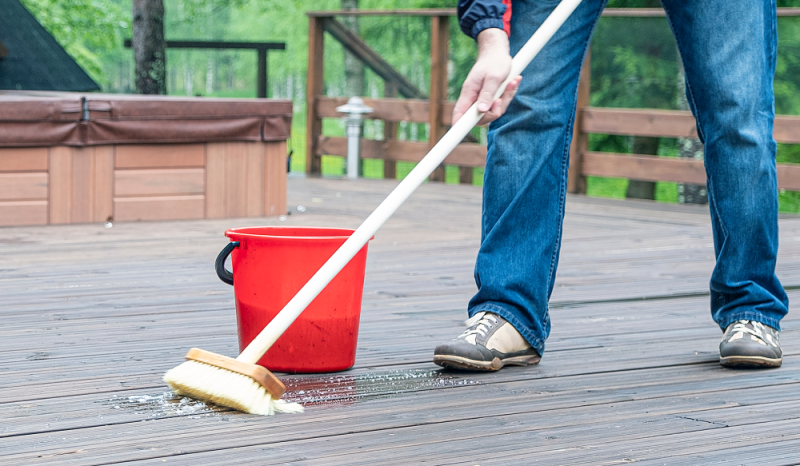
Apply a coat of sealant or stain to your deck every few years.
A sealant or stain should be applied to your deck every few years to protect it from the elements. The sealant or stain will help to keep the deck looking new and prevent it from weathering and fading over time. There are a variety of sealants and stains available on the market, so be sure to choose one that is best suited for your deck’s needs.
Benjamin Moore Arborcoat Premium Exterior Stain is the perfect way to protect your wood surfaces while enhancing their texture and grain for a beautiful finish. Sherwin Williams offers SuperDeck Exterior Waterborne Clear Sealer as a wood preservative, safeguarding your deck against damaging UV rays, moisture, and other elements with water-repellant technology; this will help to prevent cracking, splitting and warping while allowing it to naturally gray over time.
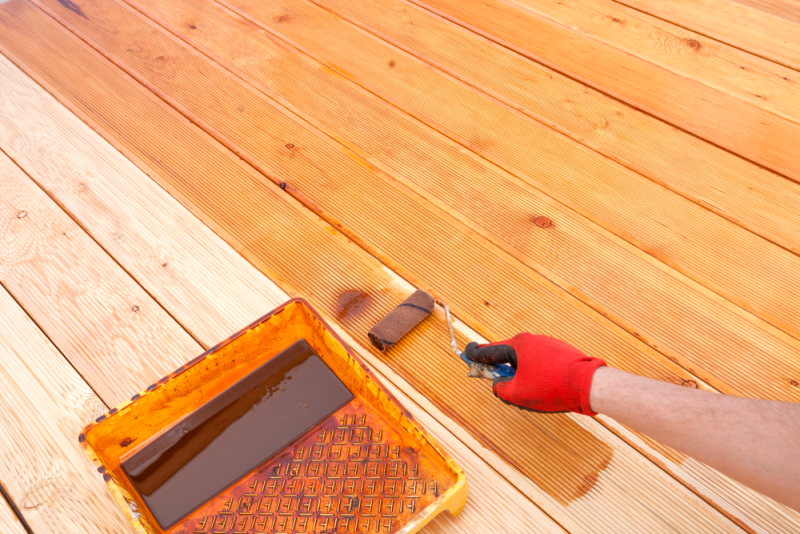
Invest in a quality deck scrub brush to make cleaning easier.
A quality deck brush will make your life a lot easier when cleaning your deck. A good brush will help you remove all the dirt and debris that has built up over time, and it will also help restore your deck’s finish if it has started to fade. There are a lot of different brushes on the market, so it can be tough to know which one is right for you.
Final advice: Contact a professional for expert guidance.
Don’t wait until your deck is in shambles to start thinking about maintenance. Following the tips outlined above, you can keep your deck looking new for years to come. Investing a little time and money into preventative maintenance will save you headaches (and your wallet).
If you need to seal, stain, restore from rot or even install a brand new deck, look no further than Renaissance Painting and Carpentry. We offer competitive prices and are passionate about crafting outdoor spaces that will stand the test of time. Reach out today for your quote!

